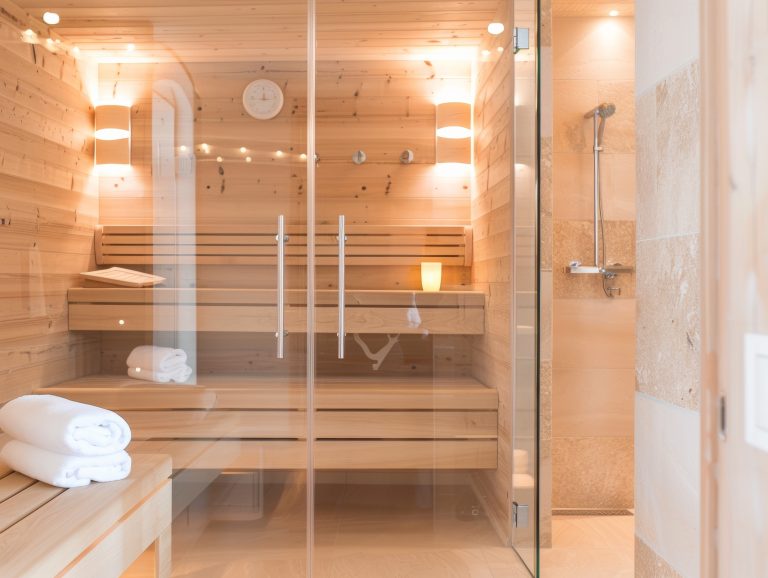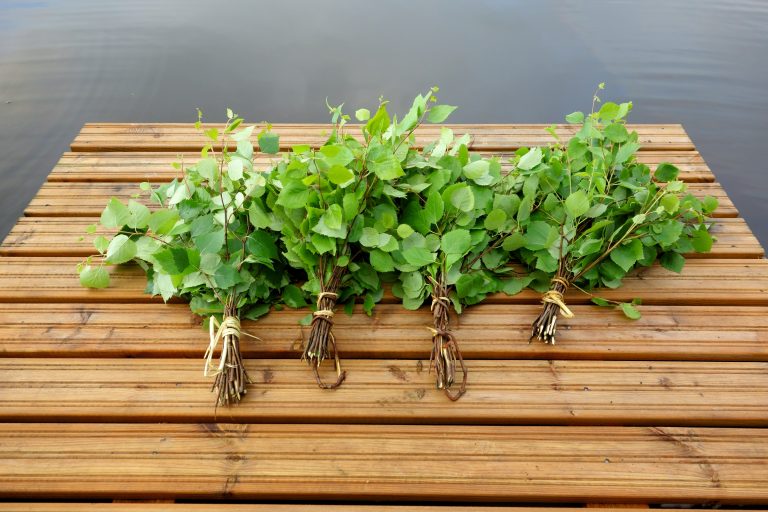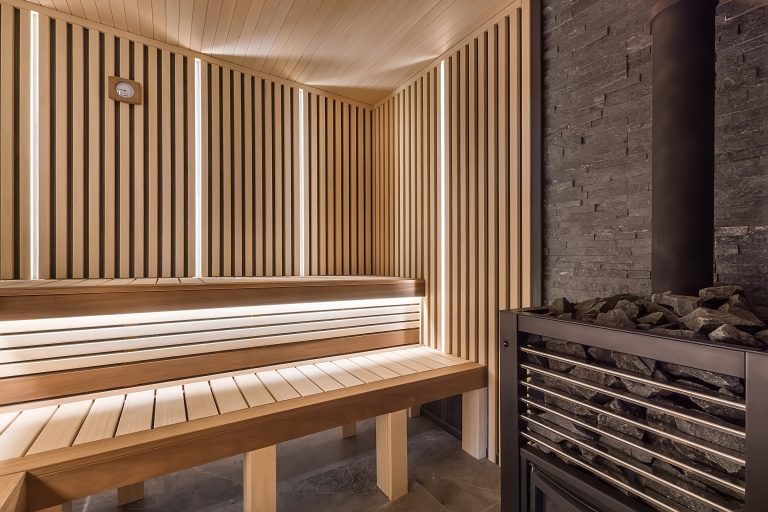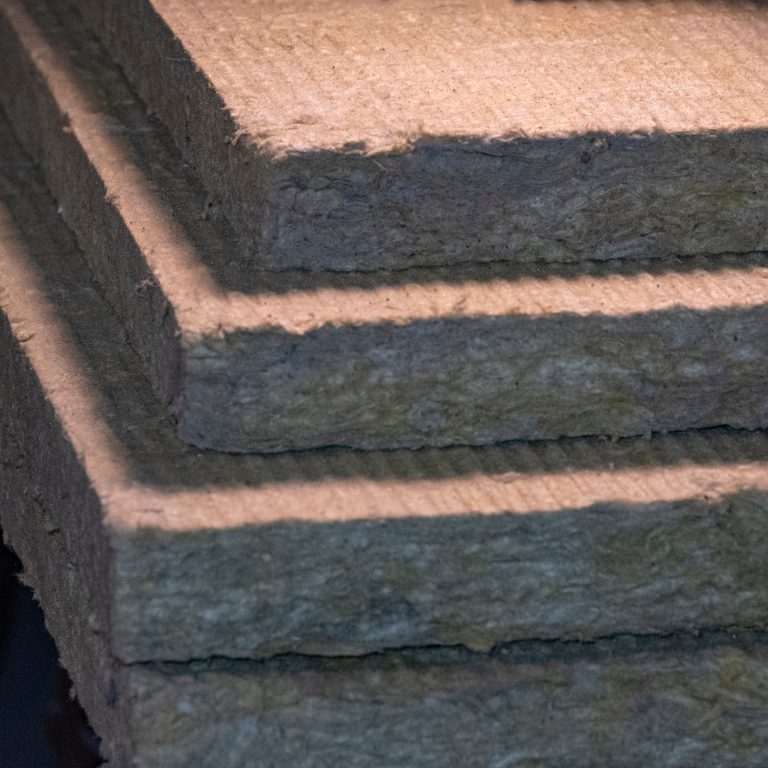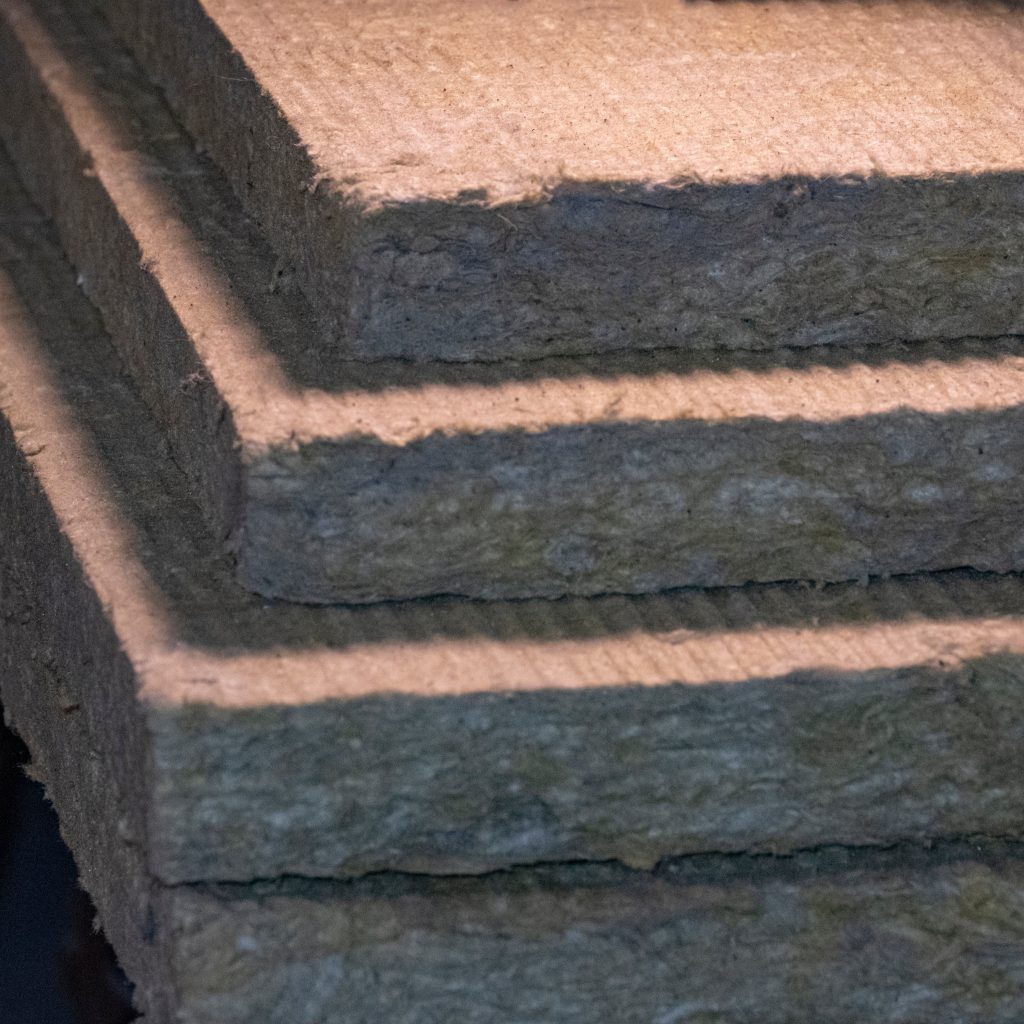
A well-designed sauna should allow for the controlled release of steam while preventing excess heat from escaping, striking the perfect balance between warmth and humidity. During construction, our sauna professionals emphasize the importance of insulating materials and techniques to trap heat while allowing moisture to circulate.
Proper insulation is crucial for a well-functioning sauna. Inadequate insulation or uninsulated surfaces, such as windows, require a more powerful heater to maintain the desired temperature and steam levels.
When it comes to efficiently insulating structures, the use of 90 mm thick rock wool is a prevalent choice due to its excellent thermal properties. This insulation material is typically available with a pre-installed foil layer, or a separate foil layer can be added on top. This foil serves a critical function, acting as a barrier that reflects heat and maintains the desired thermal conditions within the space. Following the foil installation, a distance strip approximately 20 mm wide is secured in place, which is essential for the mounting of lining boards. This gap created by the distance strip ensures that the insulation foil does not touch the wall board, thereby allowing for necessary air circulation between the two materials.
The significance of this air circulation cannot be overstated; it plays a vital role in maintaining a comfortable thermal environment by preventing the wall from overheating. This is particularly important in spaces where people are likely to lean against the walls, as it helps to ensure that the surface remains at a comfortable temperature. Furthermore, to maintain the integrity and effectiveness of the insulation system, it is crucial that the joints of the foil are properly sealed with foil tape. This sealing creates a continuous layer of insulation that maximizes thermal performance and minimizes the risk of air leaks, ensuring that the building maintains its energy efficiency and comfort levels year-round.
Overall, the combination of rock wool insulation, foil barriers, and proper installation techniques results in an effective thermal management solution for various construction projects.

